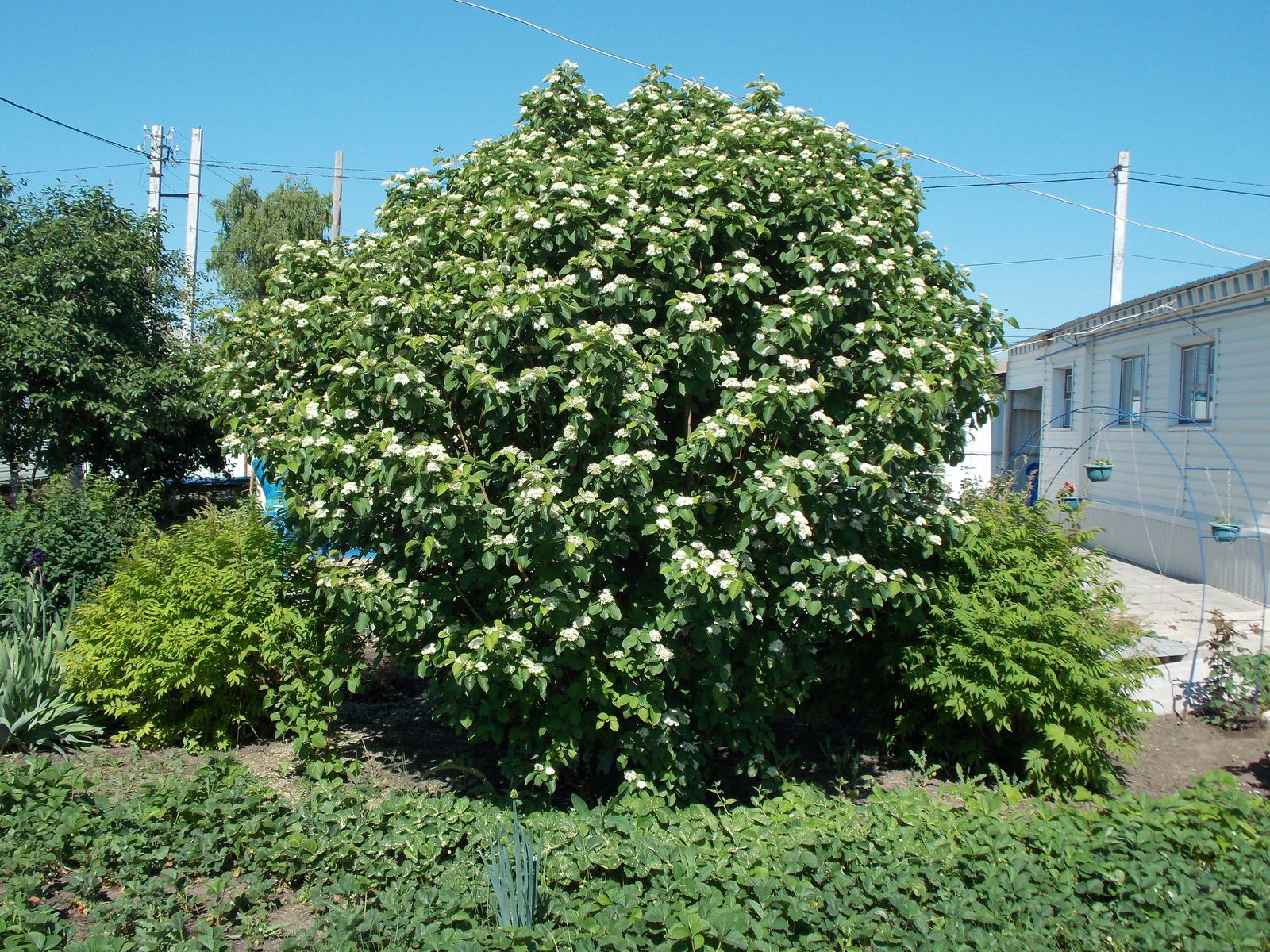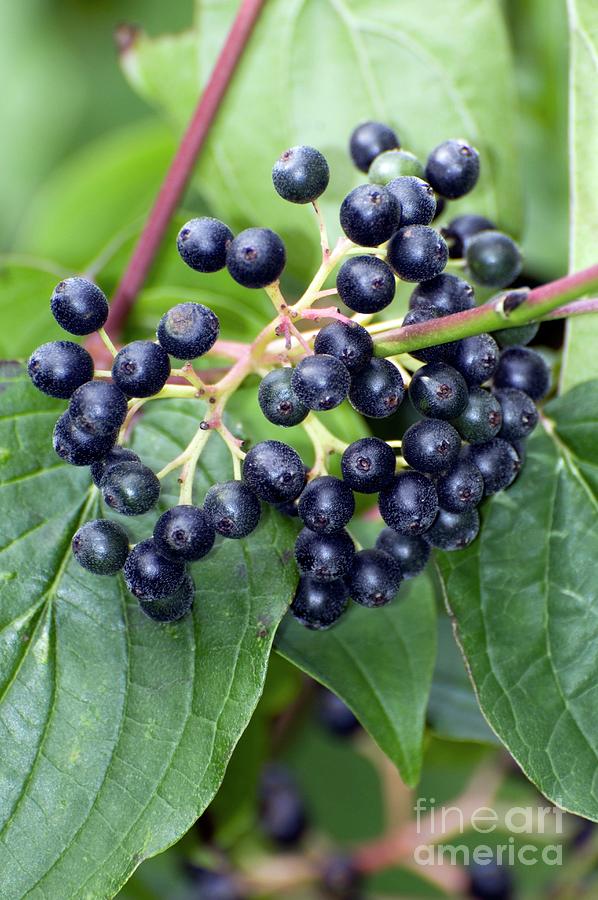The Stunning Cornus Sanguinea: A Gardener's Dream
The Stunning Cornus Sanguinea: A Gardener's Dream
Cornus sanguinea, commonly known as dogwood, is a deciduous shrub that is native to Europe and Asia. It is prized for its colorful red winter stems, which make it a popular choice for landscaping. Dogwood also produces beautiful autumnal displays, when its leaves turn red before they fall.
In addition to its stunning beauty, Cornus sanguinea is also a relatively easy-care plant. It is tolerant of a variety of soil types and conditions, and it is relatively resistant to pests and diseases. This makes it a good choice for gardeners of all skill levels.
If you are looking for a stunning and easy-care shrub for your garden, Cornus sanguinea is a great option. Here is a closer look at this versatile plant.
Introduction
Cornus sanguinea is a member of the Cornaceae family, which also includes dogwood trees. It is a small to medium-sized shrub, typically growing 3 to 6 feet tall. The leaves are oval-shaped and green, with a slightly serrated edge. In the fall, the leaves turn a brilliant red color.
The most distinctive feature of Cornus sanguinea is its colorful winter stems. The stems are red, orange, or yellow, and they provide a welcome splash of color in the winter landscape.
Main Content
Growing Conditions
Cornus sanguinea is a relatively easy-care plant. It is tolerant of a variety of soil types and conditions, but it prefers well-drained soil. It is also tolerant of partial shade, but it will flower and fruit better in full sun.
Dogwood is relatively drought-tolerant, but it will benefit from regular watering during the summer months. It is also a good idea to fertilize the plant once a year in the spring.
Pests and Diseases
Cornus sanguinea is relatively resistant to pests and diseases. However, it can be susceptible to dogwood anthracnose, a fungal disease that can cause leaf spots and dieback. If you see any signs of anthracnose, it is important to treat the plant with a fungicide.
Propagation
Cornus sanguinea can be propagated by seed, but it is more commonly propagated by cuttings. Cuttings should be taken in the spring or summer from healthy, young growth. The cuttings should be rooted in a well-draining potting mix.
Uses
Cornus sanguinea is a versatile plant that can be used in a variety of ways. It is a popular choice for landscaping, and it can be used to create hedges, borders, or specimen plantings. It is also a good choice for containers.
Dogwood is also a good choice for wildlife gardens. The flowers attract bees and butterflies, and the berries are eaten by birds.
Conclusion
Cornus sanguinea is a stunning and easy-care shrub that is a great addition to any garden. It is a versatile plant that can be used in a variety of ways, and it is a good choice for both landscape and wildlife gardens.
Cornus sanguinea, also known as bloodtwig dogwood, is a beautiful and versatile shrub that is native to Europe and western Asia. It is known for its colorful stems, which turn a brilliant red in the fall. Cornus sanguinea is also a popular choice for hedges and borders, as it is relatively easy to care for and grows well in a variety of conditions.
If you are interested in learning more about cornus sanguinea, I recommend visiting the Garden Wiki. This website provides a wealth of information about the plant, including its history, cultivation, and uses. You can also find photos and illustrations of cornus sanguinea, as well as links to other resources.
FAQ of cornus sanguinea
Question 1: What is Cornus sanguinea?
Answer: Cornus sanguinea, also known as common dogwood, is a deciduous shrub or small tree that is native to Europe and Asia. It is known for its colorful stems, which turn bright red in the fall. Cornus sanguinea is a versatile plant that can be used in a variety of settings, including borders, hedges, and woodland gardens.
Question 2: What are the conditions that Cornus sanguinea likes?
Answer: Cornus sanguinea is a relatively easy plant to grow. It prefers full sun or partial shade, and it can tolerate a variety of soil types. However, it does best in well-draining, slightly acidic soil. Cornus sanguinea is also drought-tolerant once established.
Question 3: How do you identify Cornus sanguinea?
Answer: Cornus sanguinea can be identified by its opposite, elliptical to oval leaves, which are hairy with 3-4 pairs of main veins. The flowers are dull white and 8 to 10 mm in umbel like clusters. The fruit is almost globose black when ripe.
Question 4: How do you care for Cornus sanguinea?
Answer: Cornus sanguinea is a low-maintenance plant. It requires regular watering, especially during the first year after planting. It is also helpful to fertilize Cornus sanguinea in the spring with a balanced fertilizer. Deadheading the flowers will encourage more blooms.
Question 5: What are some common pests and diseases of Cornus sanguinea?
Answer: Cornus sanguinea is a relatively pest- and disease-free plant. However, it can be susceptible to aphids, scale, and powdery mildew. If you notice any pests or diseases, you can treat them with insecticidal soap or neem oil.
Image of cornus sanguinea
- Image 1: A close-up of the flowers of Cornus sanguinea. The flowers are white and arranged in clusters.

- Image 2: A full-grown Cornus sanguinea tree. The tree has a dense, rounded crown and is covered in red leaves in the fall.

- Image 3: A group of Cornus sanguinea shrubs. The shrubs are planted in a hedgerow and are covered in white flowers.

- Image 4: A close-up of the berries of Cornus sanguinea. The berries are black and round.

- Image 5: A landscape view of a Cornus sanguinea tree. The tree is in a field and is surrounded by other trees and shrubs.

Post a Comment for "The Stunning Cornus Sanguinea: A Gardener's Dream"